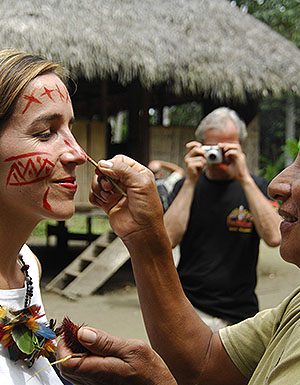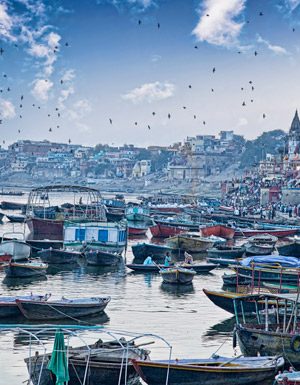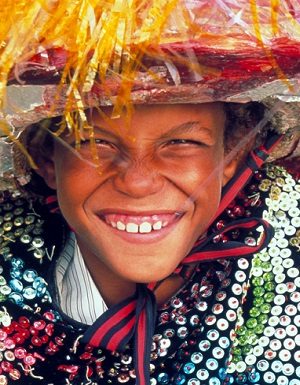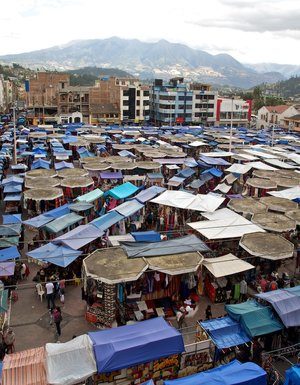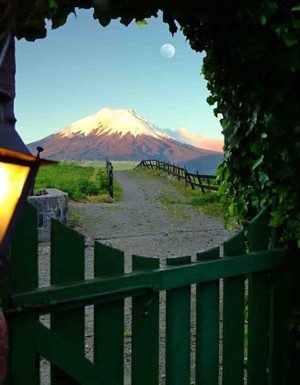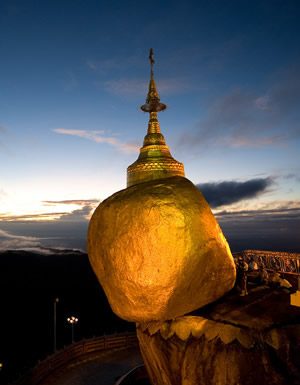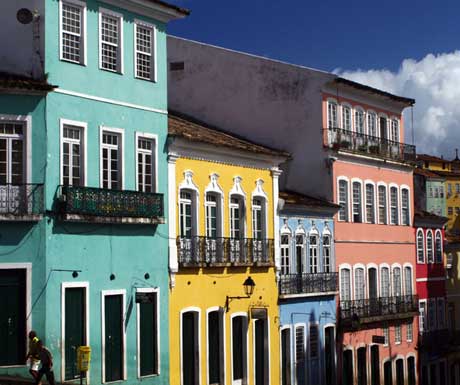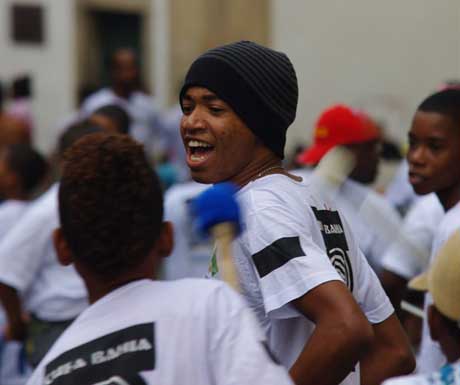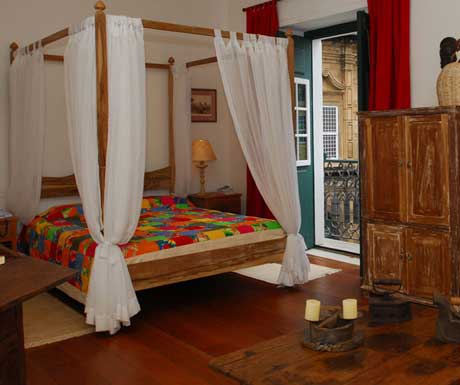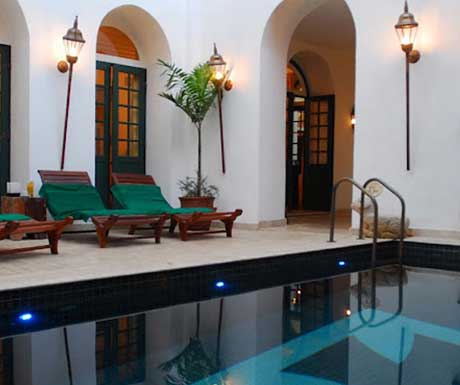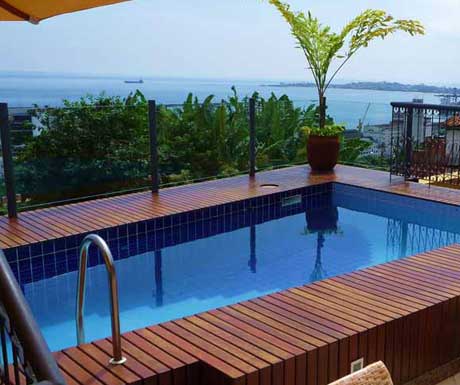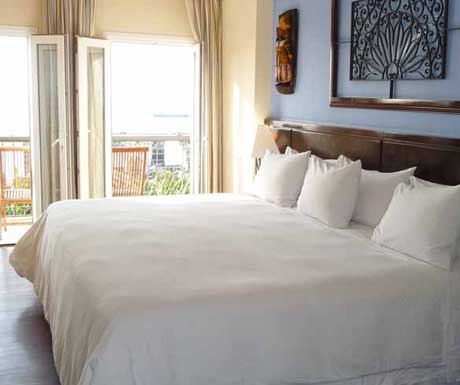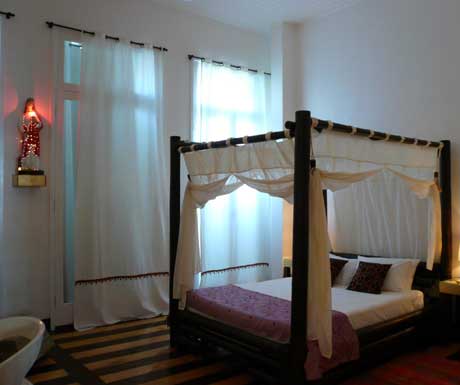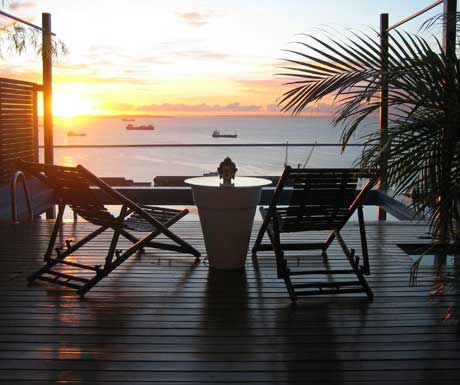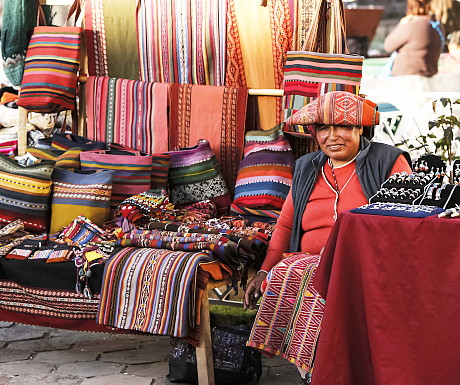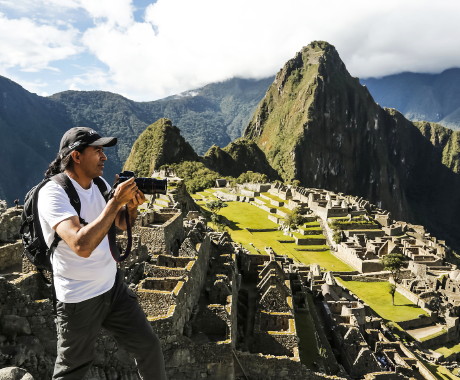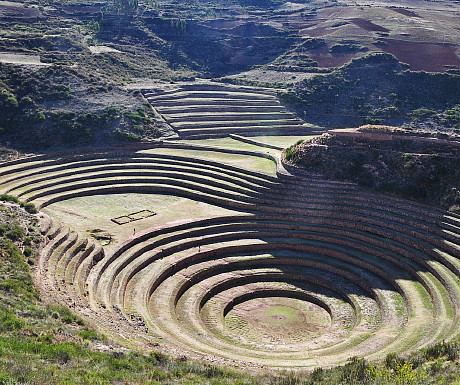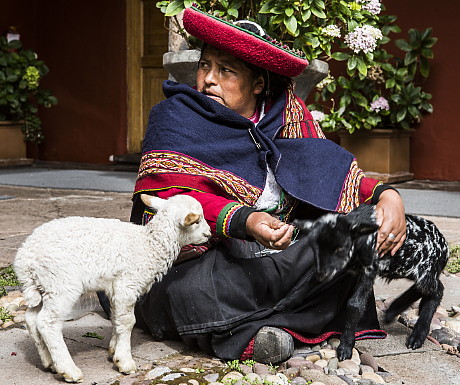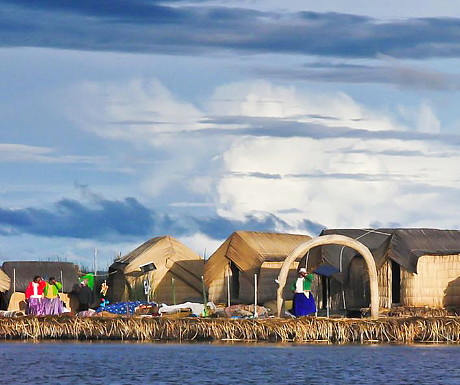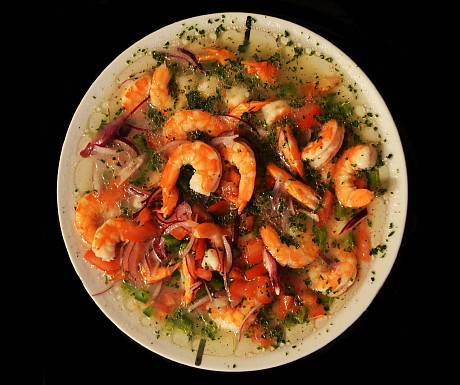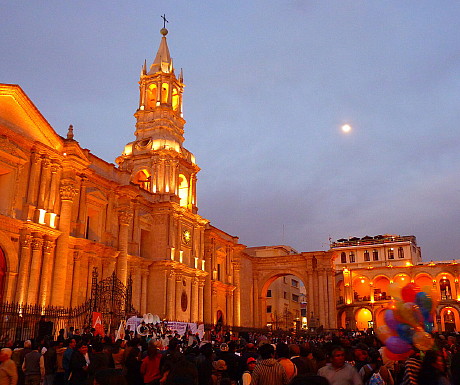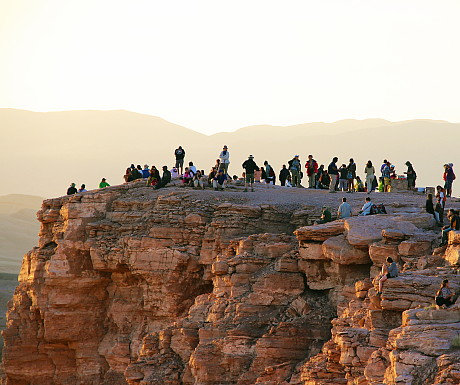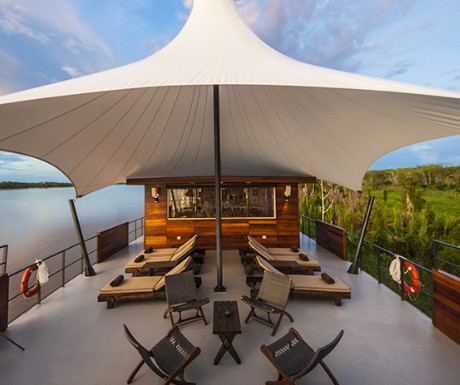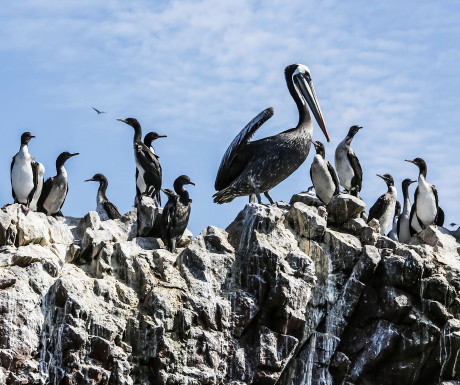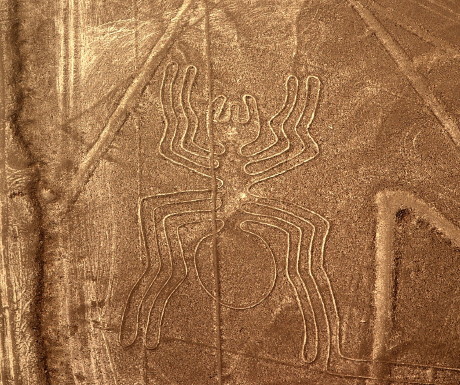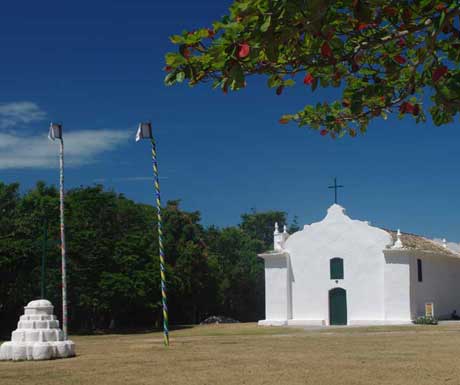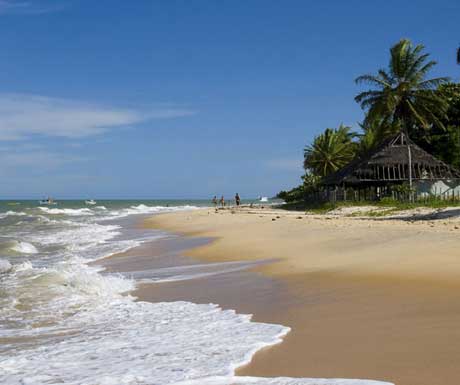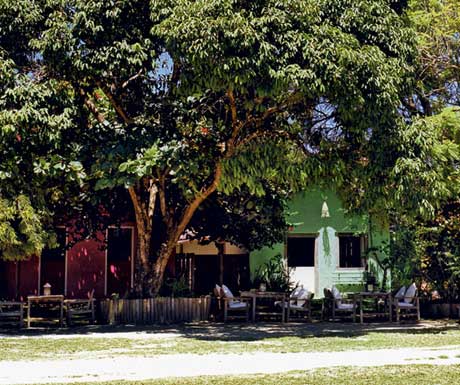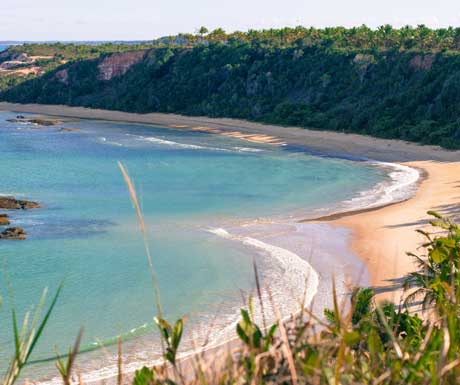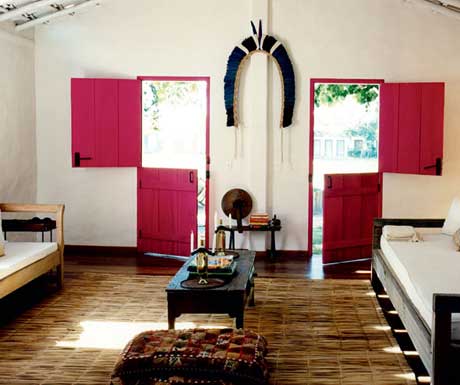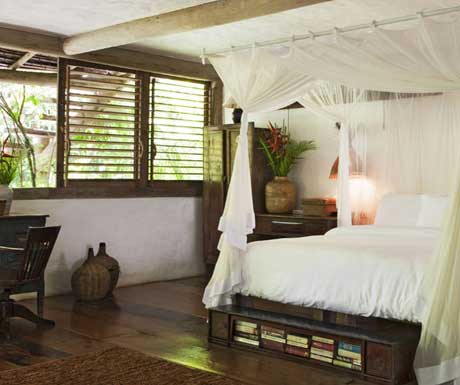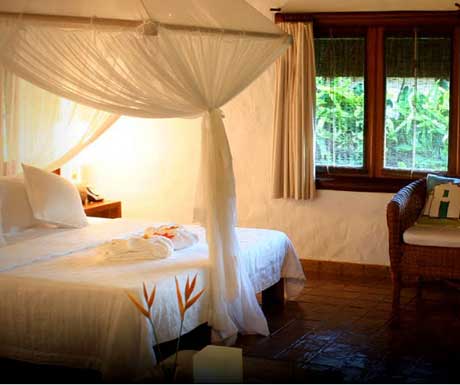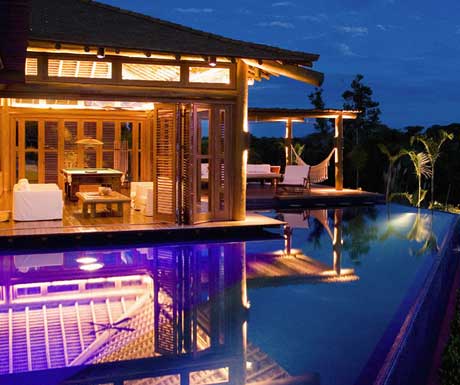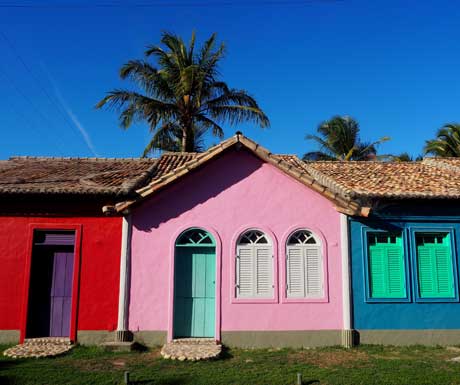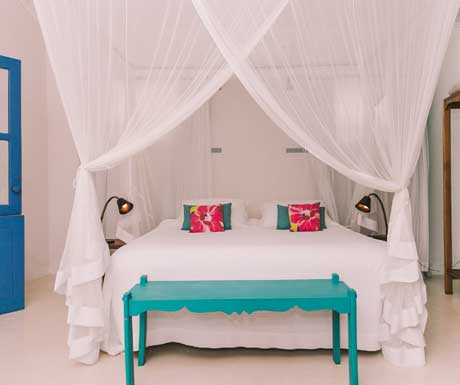Spanish colonists built Ecuadors oldest churches during the 16th century. Their religious influence persists to this day, and some of Ecuadors grandest cathedrals were built as late as the 20th century. Ecuadors population is around 80 percent Catholic, and on Catholic holidays, the streets fill with parades. Easter, Holy Thursday, Carnival, and Christmas are all important days to attend church and light a prayer candle.
No matter when you go to Ecuador, stop by some of these grand churches to see some of the countrys most vibrant art on display. Cuenca is an especially pious city, and its a lovely place to walk around at night to see the churches glowing with candlelight.
Santo Domingo de Guzmán, Guayaquil
Santo Domingo is in the oldest part of Guayaquil. Although Dominican monks originally built the church in 1548, this cathedral has been destroyed or fallen apart several times. The church you see today is the 5th construction, and was completed in the 20th century. If you go inside, you can see one of the churchs original, 500-year-old walls near the sacristy.
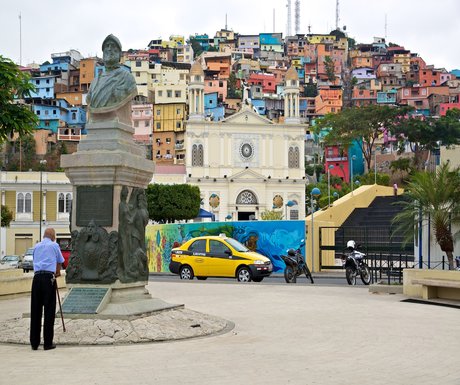
New Cathedral, Cuenca
The New Cathedrals striking blue-and-white domes make it one of the most recognizable buildings in Cuenca, and it stands out in a city full of Gothic cathedrals. Inside youll see a floor made of pink Italian marble. The blue glass in the domes came all the way from Czechoslovakia.
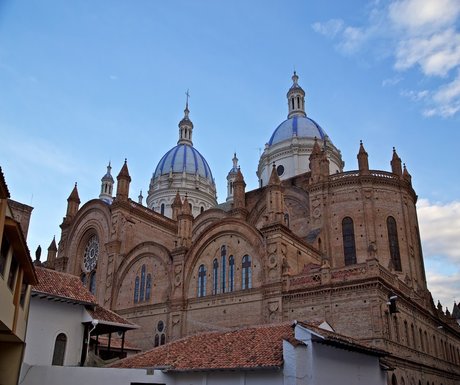
St. Francis Church, Latacunga
This is the oldest church in Latacunga, and youll find it next to the citys historic square. In addition to this white church, Latacunga is home to La Mama Negra a statue of the Virgin Mary that is believed to have protected the city from a volcano eruption in 1742. Every September the streets fill with dancers and musicians, and a woman representing La Mama Negra rides down the street on horseback.
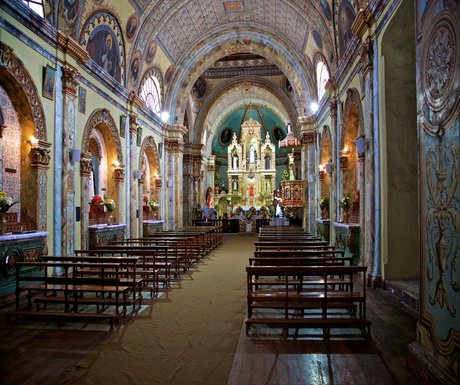
Compañía de Jesus, Quito
It took over 100 years to build this baroque cathedral, and it shows. La Compañía de Jesus (The Society of Jesus) boasts one of the most striking interiors of any church in Ecuador, with sumptuous decorations and a golden hue. Completed in 1765, you can see evidence of Moorish influence in some of its detailed archways.
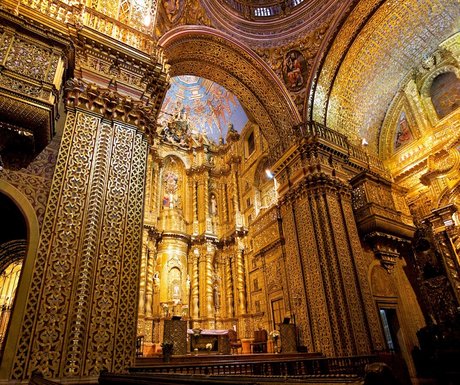
Basilica del Voto Nacional, Quito
Basilica del Voto Nacional (Basilica of the National Vow) was built during the neo-Gothic craze of the mid-19th century, and it has a façade thats worth taking some time to admire. Look closely at the gargoyles many of them take the form of native animals, including a Galápagos tortoise.
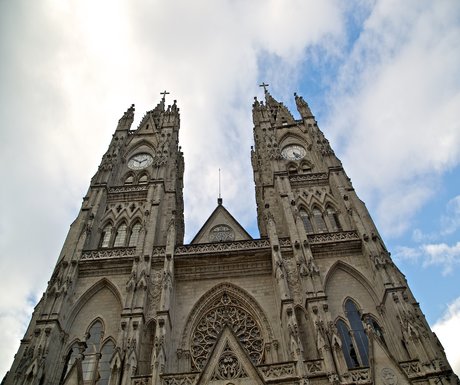
San Francisco Convent, Quito
Youll see a blend of architectural styles in the San Francisco Convent, due in part to the fact that it took 150 years to complete. When you visit this convent you can see a beloved icon called the Virgin of Quito. This statue depicts the Virgin Mary dancing on a snake, and it dates back to the 18th century. From an art history standpoint, this statue is especially significant because it exemplifies the Ecuadorian art movement known as the Quito School.
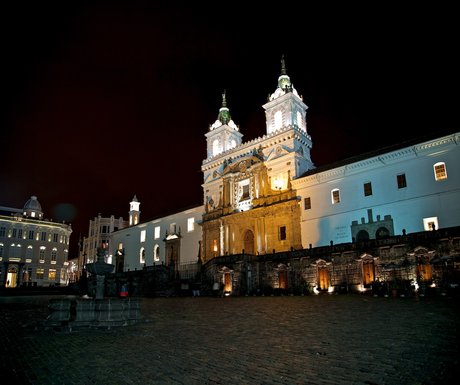
Metropolitan Cathedral, Quito
This cathedral is one of the oldest and most important cathedrals in Ecuador it serves as the archdiocese of Ecuador, which means that high-ranking church officials use this church as their home base.
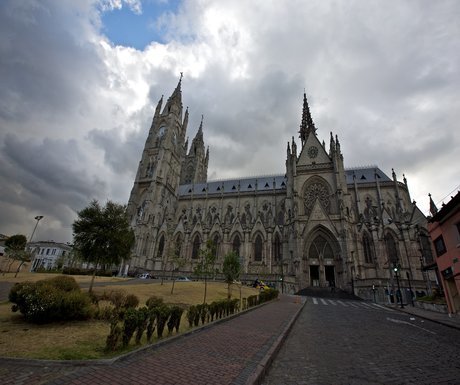
Zach Smith is CEO of Anywhere.
If you would like to be a guest blogger on A Luxury Travel Blog in order to raise your profile, please contact us.


